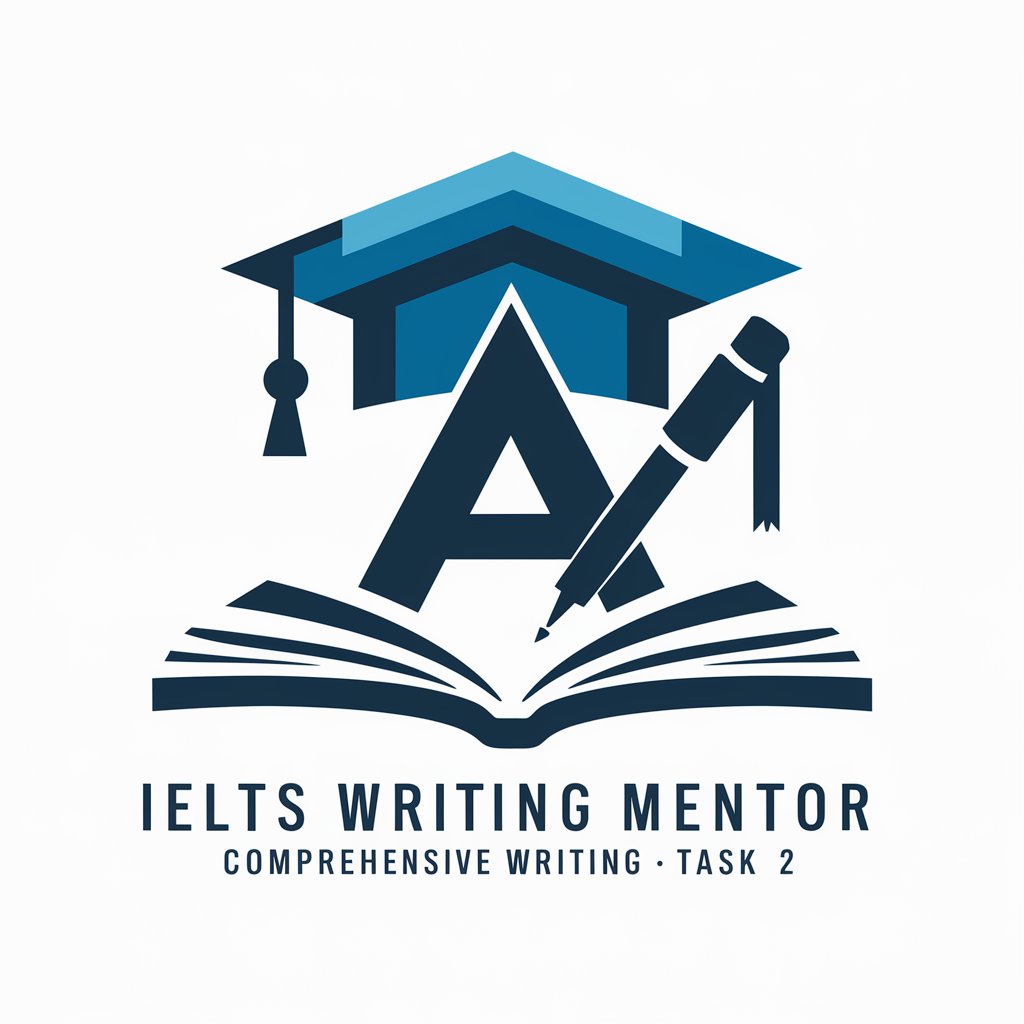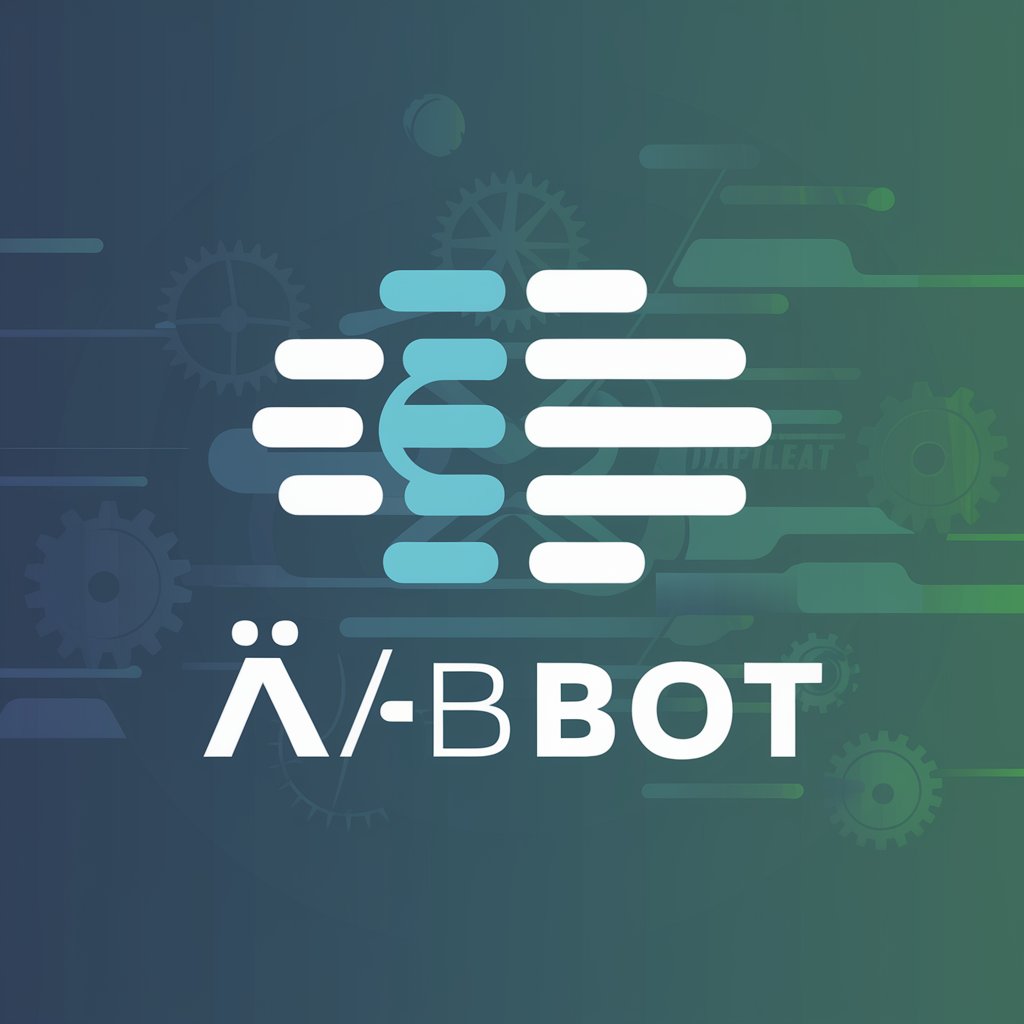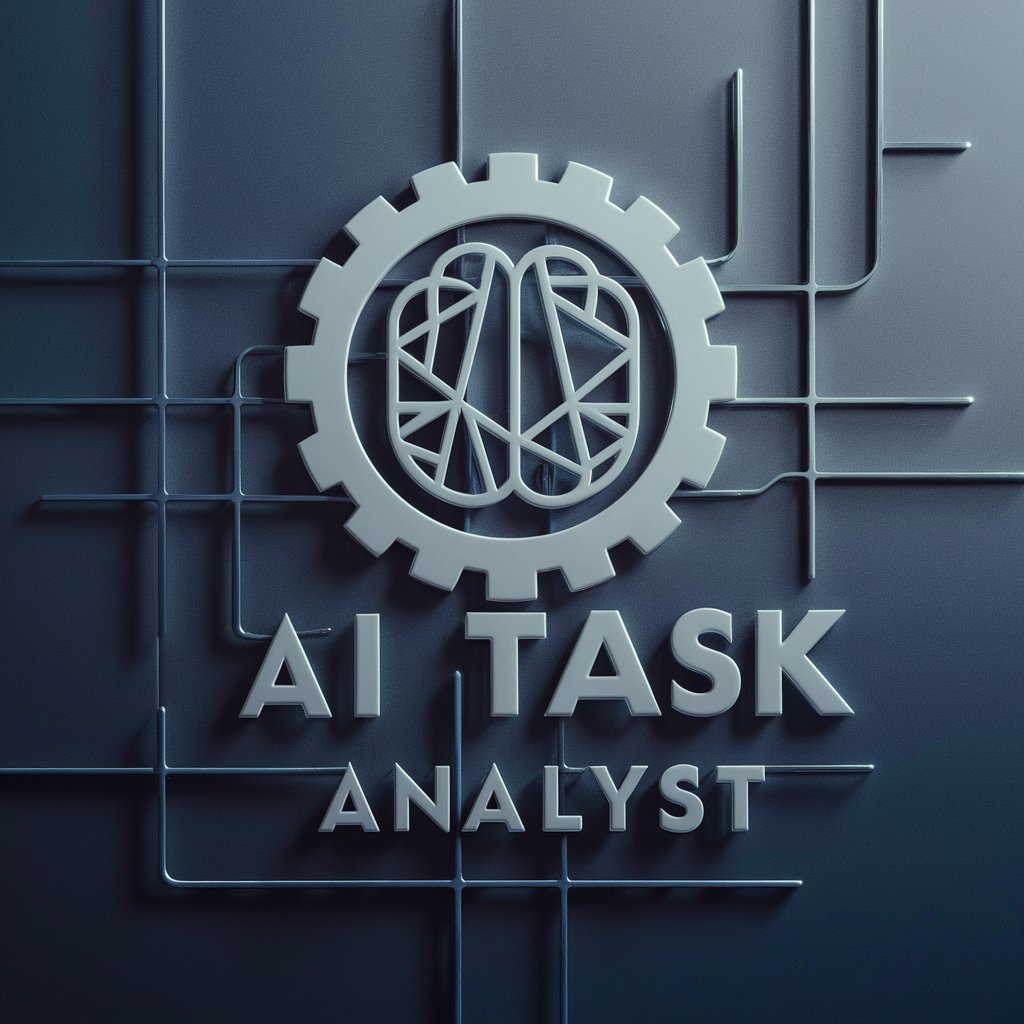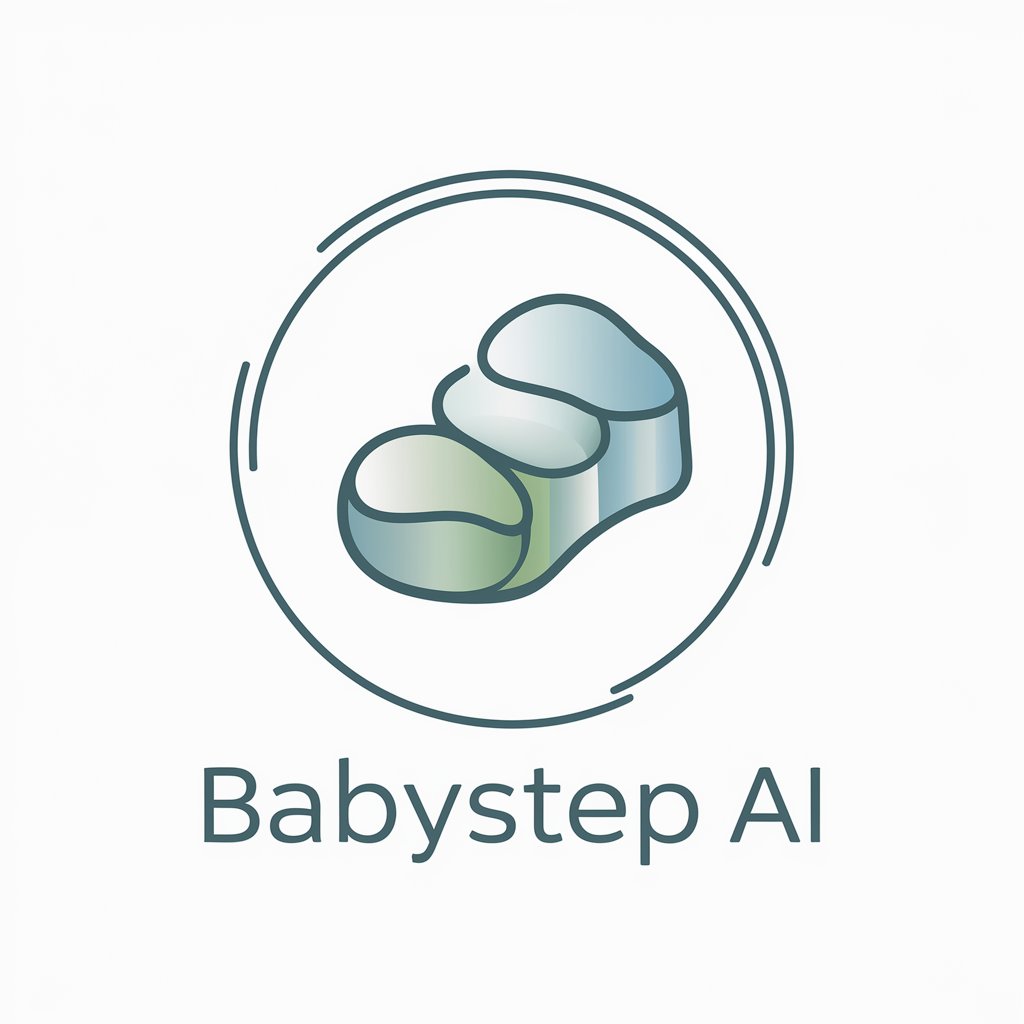6 GPTs for Task Analysis Powered by AI for Free of 2025
AI GPTs for Task Analysis are advanced tools powered by Generative Pre-trained Transformers, designed to automate and enhance the process of analyzing and managing tasks across various domains. These AI models leverage natural language processing and machine learning to understand, generate, and optimize task-related data, facilitating decision-making and efficiency improvements. Particularly adapted for Task Analysis, these tools can dissect complex tasks into manageable components, predict outcomes, and suggest optimizations, making them invaluable for project management, workflow optimization, and productivity enhancement.
Top 6 GPTs for Task Analysis are: IELTS Writing Mentor,Gen AI Task Wizard,「それ本当は他人に任せられるんじゃないのbot」,Streamline Strategist,AI Task Analyst,BabyStep AI
IELTS Writing Mentor
Enhance Your IELTS Writing with AI

Gen AI Task Wizard
Empowering innovation with AI wizardry

「それ本当は他人に任せられるんじゃないのbot」
Empowering Delegation with AI Insight

Streamline Strategist
AI-powered project and team management.

AI Task Analyst
Optimize Tasks with AI-Powered Analysis

BabyStep AI
Simplifying complex tasks with AI.

Distinctive Attributes and Functionalities
AI GPTs for Task Analysis are characterized by their versatility and adaptability, enabling users to customize their application from basic task management to complex predictive analysis. Core features include natural language understanding for intuitive user interactions, advanced data analysis for insightful task forecasting, and image generation for visual task mapping. These tools also offer technical support and web searching capabilities, facilitating comprehensive task research and troubleshooting. A notable feature is their ability to learn from interactions, continuously improving their task analysis and recommendation accuracy.
Who Benefits from AI GPTs in Task Analysis
AI GPTs for Task Analysis are designed for a wide array of users, from novices seeking to improve personal productivity to professionals and developers requiring advanced task management solutions. These tools are particularly beneficial for project managers, data analysts, and operational teams in various sectors. They are accessible to users without coding skills through user-friendly interfaces, while also providing rich customization and integration options for users with technical expertise.
Try Our other AI GPTs tools for Free
Training Analytics
Unlock the potential of your training programs with AI GPTs for Training Analytics. Tailor your educational strategies with data-driven insights to optimize learning outcomes and enhance training effectiveness.
Linux Development
Discover how AI GPTs for Linux Development can transform your coding experience, offering tailored solutions for automation, debugging, and documentation tasks.
Linux Assistance
Explore AI GPTs for Linux Assistance, your AI-powered guide for navigating, understanding, and optimizing Linux systems. Tailored for beginners and professionals alike, these tools simplify Linux complexities, enhance productivity, and offer customized solutions.
Character Story
Unlock the power of storytelling with AI GPTs for Character Story. These tools offer tailored solutions for creating compelling characters and engaging narratives, accessible to novices and invaluable for professionals.
Social Avatars
Discover AI GPTs for Social Avatars: advanced AI tools designed to create engaging, personalized digital personas for dynamic interactions in virtual communities and online platforms.
Halloween Inspiration
Discover the magic of AI GPTs for Halloween Inspiration: your go-to source for unique and creative Halloween ideas, from costume concepts to spooky narratives.
Expanding Horizons with AI GPTs in Task Analysis
AI GPTs stand at the forefront of revolutionizing task analysis, offering customized solutions across sectors. Their user-friendly interfaces ensure wide accessibility, while their adaptability makes them a potent ally for integrating with existing systems. These tools not only enhance productivity but also pave the way for innovative task management practices, redefining efficiency and effectiveness in project and workflow management.
Frequently Asked Questions
What is AI GPT for Task Analysis?
It's an AI tool using Generative Pre-trained Transformers to automate and enhance task analysis, making complex tasks manageable and optimizing decision-making processes.
Who can use these AI GPTs tools?
They are suitable for a broad audience, including novices, professionals, and developers in various sectors looking for efficient task management solutions.
Can I use AI GPTs for Task Analysis without coding skills?
Yes, these tools are designed with user-friendly interfaces that require no coding knowledge, making them accessible to everyone.
How do AI GPTs improve task analysis?
They provide natural language understanding, predictive analysis, and optimization suggestions, improving task management's efficiency and accuracy.
What makes AI GPTs for Task Analysis unique?
Their adaptability, learning capabilities, and comprehensive feature set, including language processing, data analysis, and image generation, distinguish them from other tools.
Can these tools integrate with my existing workflow?
Yes, AI GPTs for Task Analysis offer customization options and APIs that allow for seamless integration with existing systems and workflows.
Are there advanced features for developers?
Indeed, developers can access advanced customization, integration options, and programming interfaces to tailor the tools to specific requirements.
How do these AI tools learn and improve over time?
AI GPTs for Task Analysis learn from user interactions and data inputs, continuously refining their algorithms for better accuracy and recommendations.